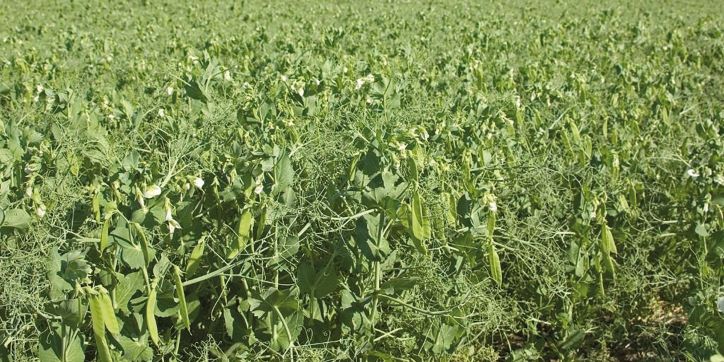Field beans have great potential in poultry diets, but farmers need to make sure they fully understand the crop
Field beans (vicia faba) are increasing in popularity as an alternative protein source in poultry rations for several reasons. These include helping to reduce reliance on soya, mitigating high and unpredictable raw material prices and reducing carbon footprint.
Eloise Lawlor, poultry nutritionist at Premier Nutrition, says there is real potential around field beans but stresses there are some key points to consider to make sure they are incorporated successfully in broiler and layer diets. “Typically beans are grown for human consumption, with those that don’t make the grade going for animal feed,” she explains. “However, there are more poultry producers than ever already feeding beans or planning to after this year’s harvest.
“This is down to several factors, as the importance of home-grown protein, self-sufficiency and cutting carbon emissions is growing, with often favourable bean prices. But, as with any raw material, this depends on market conditions.”
Producers should bear in mind that cost effectiveness is determined by the actual nutrient analysis of the beans available, Lawlor warns, as well as the cost and availability of other ingredients. “The ongoing challenge is that raw material prices are sky high, with change generally happening quickly and dramatically, in response to the constantly changing global markets.”
Soya has been consistently above £450 per tonne for some time, with wheat consistently above £300. While sunflower meal is another important alternative protein, it too is now in short supply and more expensive, as Ukraine was a major supplier. There are also agronomic benefits to growing legumes as a break crop in the rotation, especially given high fertiliser prices, as they fix nitrogen for the following crop.
“Peas are another potential option, but beans are generally easier to manage, which is perhaps why they are being favoured, with the UK bean crop reported to be at a new high of more than 200,000 hectares this year,” Lawlor adds.
Availability of beans tends to vary throughout the year, and some producers may be put off if they can only source them for a couple of months at a time, Lawlor points out. However, both winter and spring varieties are available for the UK market, which gives options suited to different soil types and weather conditions across the country.”
Nutrient value
Beans provide a good source of energy and protein, with little to no difference in feed intakes or bird performance compared with soya-based diets, provided that the raw material is good quality and included at recommended levels. However, understanding their nutrient value is vital to make the best use of beans.
“I always encourage producers to send off bean samples for overall nutrient analysis before formulating the diets,” Lawlor says. “Beans typically contain 24% protein, however that’s only around half the total protein content of soya, so beans cannot replace soya like for like in poultry rations.”
Producers and nutritionists also need to be aware of differences between amino acid profiles of beans and soya. While beans are typically high in lysine, they are lower in methionine, cysteine and tryptophan. Amino acid profiles and digestibility also vary slightly between different bean varieties.
“The main challenge when formulating a ration with beans is that their inclusion levels are limited, as they contain antinutritional factors that can reduce nutrient digestibility and bird performance if they’re included at too high a level,” Lawlor explains. “There are, however, researchers looking at how they could be increased in poultry diets.”
Antinutritional factors include tannins and trypsin inhibitors, which can both reduce protein digestibility, although white-flowered, low-tannin bean varieties are now grown to help alleviate this. Glucosides (vicine and convicine) are also among the key antinutritional factors which can affect productivity, by reducing feed intake and egg weight for example.
“Some of these antinutritional factors are also present in soya and are reduced via heat treatment during the soya oil extraction process, which enables soya bean meal to be included at higher levels,” Lawlor says. “However, de-hulling and heat treatment of beans has varying impact on their antinutritional factors in beans.
“Drying and post-harvest storage management is another vital area to handle carefully as beans can be prone to mycotoxin contamination under poor storage conditions. If you’re home milling field beans and it’s the first time you’ve used them, be aware that storage and milling requirements might be different to other feed ingredients. Beans are usually finely ground for poultry diets to ensure effective digestion of the protein.”


